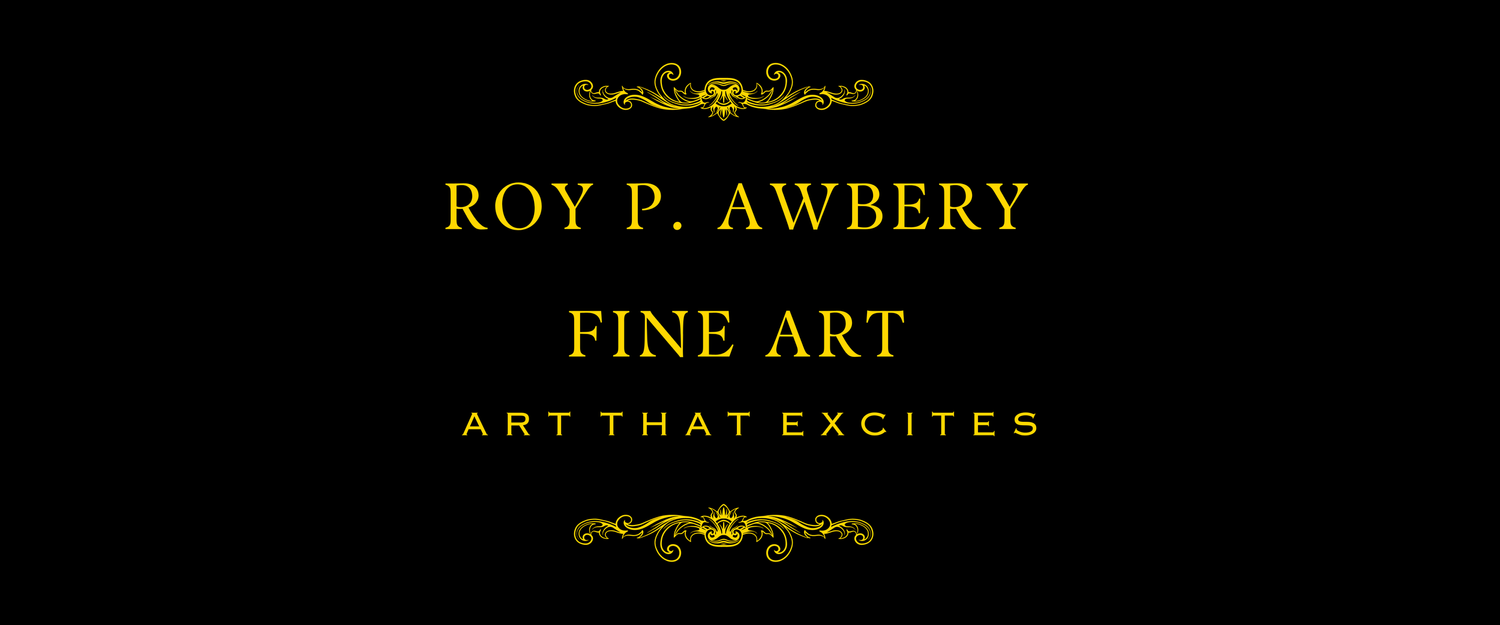How I developed my brand Logo
In my previous blog I mentioned briefly about branding but realised that I didn't really say enough about how I did it. So here goes!
Having a brand identity is essential if you want to stand out and be readily identifiable from every other artist out there. Your brand will also serve to tell people your work is actually yours.
What Branding Means
So, first off, branding isn't about what font or graphic style you've decided you like! It's about establishing an identity that reflects what you do and, if possible, your values. What should a potential customer expect of you after seeing your brand? Cheap, copied prints? Rushed, amateurish products? Bespoke, unique, fine art? It's worth noting that for most artists your business is just you and not some large corporate entity. With this in mind, your brand really does need to reflect you as an individual.
The usual methods of marketing and advertising include business cards, posters, logos and even packaging labels (I didn't realise how important that last one was - remind people who they just bought from!). Of course, with much of your advertising, and maybe selling, done online you will also need to consider your logo and digital branding. But there's still more to it. You also need to be clear on what are business will do (if you're selling you're not just painting artwork!). You need to consider what your online presence looks like, be that a website, online shop, social media presence, blogging and even how your emails appear. Everything needs to be consistent and convey the same message. This even extends to your packaging, labels, receipts and invoices.
How to Personalise your Brand
Okay, you could use your name followed by the word artist and be like almost every other artist out there. Or, you could look at what makes you unique. What's your Unique Selling Point? Why should anyone be interested in your work rather than someone else's?
This part is probably the most difficult and I found that I really couldn't do this properly until I'd produced a lot of paintings and started to sell and get feedback from people. External views are invaluable in helping this part of the process. In the end I chose to focus on my unique aspects:
I'm profoundly colour blind
I'm self-taught
I had only been painting for less than a year before making regular sales and commissions
I have been featured on BBC Radio
I give away some of my artwork when I travel (find out more on my website)
I have a wide genre of subjects but specialise in floral paintings
Building A Strong Brand
Branding is one thing, but if you don't know what market you're targeting it will be difficult to ensure that your brand and message is heard. If you haven't sold much already try to think who is most likely to buy your paintings. Women? Over 40s? High earners? Collectors? Home decor advisors? Hoteliers? Understanding who will be interested in your artwork will help you to develop your brand. Above all else, be consistent. Although I paint a wide variety of different subjects and genres my paintings all have something that indicates they are mine. This is difficult to describe and you will probably see it in your own work. My customers, many of whom are repeat buyers, noted that I have a clear style that they recognise. Tap into this and maintain it.
Develop a Strapline or Logo
So, having identified your target audience and worked out what makes you stand out from the crowd you now need to capture it just a few words. Easy right? No!
I actually found this really difficult. I found myself wanting to say everything: I like floral paintings, I'm colour blind, I've been on radio, I'm a new self-taught artist. In the end you have to dial it down to what matters. Some of these things are time limited: I won't always be a new artist; the radio feature will soon be old news. Some are too niche: will anyone want to buy from a colour blind artist they don't know? So what matters? For me it was about creating fine art. It's that simple. Everything else can be discovered as people discover me and want to learn more. And that's how I came up with my brand and logo here:
Awbery Art - carefully considered branding






